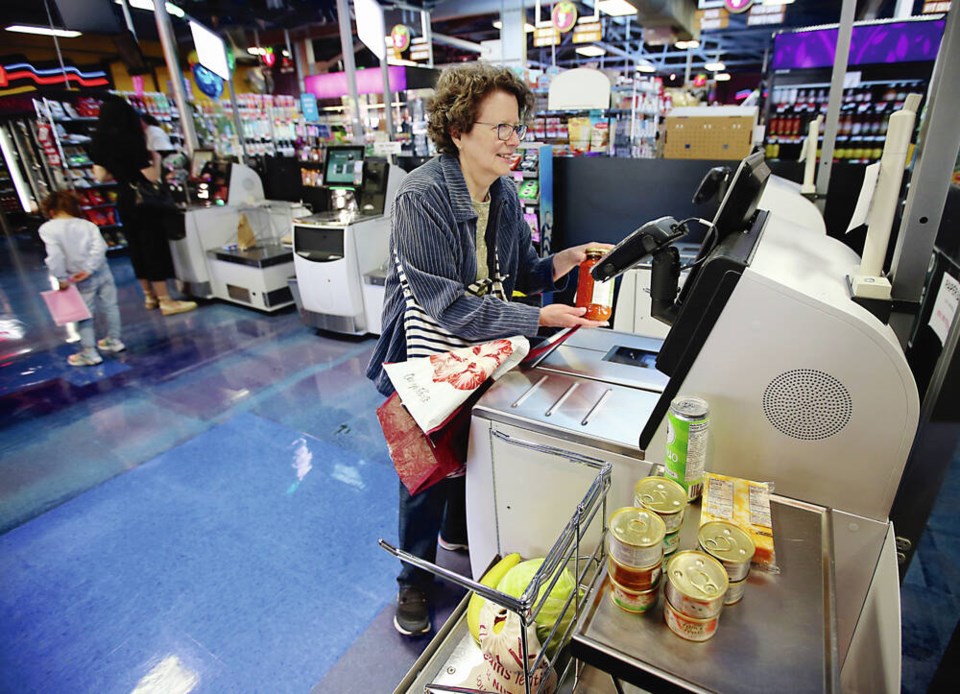Flexible hours, customized benefits and free insurance have replaced casual Fridays and in-office ping pong tables for businesses trying to attract and retain staff amid a labour crunch.
While the Island, with labour-intensive industries like tourism, has been dealing with a labour shortage for years, the pandemic has taken it to a new level, said Kim Osborne, chief executive of Victoria-based Chemistry Consulting, which specializes in human resources.
Osborne said with employers in desperate need for staff and nearly everyone hiring, employees have started to realize they hold more power.
“This is kind of the first time, from an HR perspective, where the employer is really having to get creative and be open to tailoring employment agreements almost per employee,” she said.
That may mean working around childcare situations, staggering start times to allow employees to avoid the heavy traffic of the morning or evening commute, providing professional development options and advancement opportunities, while also being competitive on wages.
“Employers now are in the spot that they have to think very accommodatingly to employees to make sure that they’re going to be able to retain them,” Osborne said.
“If they put too many demands on them, like they have to work in the office from nine to five, Monday to Friday, chances are, because the market is so strong right now, and [workers] can pretty much walk out of one job and into another, they have to accommodate more than they ever have been before.”
In the last two and a half years, many workers “got quite comfortable” working from home, she said. “So now there is quite a bit of negotiating from the employee’s perspective around managing their work-life balance,” Osborne said. “And it’s much more in the hands now of the employee to negotiate what suits them best.
“It has really turned the tables where the employee isn’t so much chasing down the employer that they want to work for anymore.
“It’s more about the employers having to market themselves about what a great employer they are and being an employer of choice.”
According to a recent study by HR consulting firm Gallagher, Canadian companies have been adjusting compensation and benefits, with some providing home and auto insurance coverage, pet insurance and discount programs.
They have also started customizing benefit packages and offering both retirement program reviews and mental-health support.
For the last several years, Victoria — which currently has a four per cent unemployment rate — has boasted the lowest unemployment rate in the country several times.
That was exacerbated by the pandemic, as some people in industries like hospitality who lost their jobs decided to return to school or upgrade skills, while others opted to retire.
Bruce Williams, chief executive of the Greater Victoria Chamber of Commerce, said one major hurdle when it comes to retaining younger workers is lack of affordable housing.
“We are always advocating for more affordable housing and housing supply, as well as security and sustainability in supply chains to get the needed materials in place to create housing,” he said.
Until that is dealt with, he said, employers will have to be competitive with wages and flexible in accommodating their employees’ preferences.
“We’re really seeing some outstanding employers going above and beyond,” he said. “Many of our members are being more flexible with working hours, offering incentive wages and bonuses if possible. Some businesses are offering operator-owned housing for key employees.”
He has also seen some companies try new approaches like appointment-only shopping to make the most of their staff time, and altering their hours of operation around staff availability.
Other businesses are working around the shortage by reducing their dependence on labour.
Darryl Hein, owner of the Market on Yates, said they have installed more self check-out kiosks, fearing the labour shortage will only get worse as Victoria becomes a more costly place to live.
“Getting new staff is by far the most challenging thing we deal with in our business,” he said.
Many other retailers, including Thrifty Foods, have added more self check-out kiosks in recent years for the same reason. London Drugs started using them in 2011.
In a statement, the company said customers were asking for the option and it allowed them to make better use of their existing staff.
“Self-checkouts at London Drugs do not remove staffing or impact staff shortages. We have service ambassadors to help those customers who want or need assistance. It allows us to redeploy the staff required at checkout to the floor for service,” the company said.
Michelle Wasylyshen of the Retail Council of Canada said automation is just another way of tackling a much more complicated workforce management situation.
“While the hiring of experienced people remains a challenge, retailers have looked to self-serve, e-commerce along with other mechanisms to make up for the shortage of staff,” she said.
Osborne believes automation does kill some jobs, even though it may help some businesses.
“It’s helping the employer a lot more than the employee,” she said, which runs counter to the trend in human resources these days.


